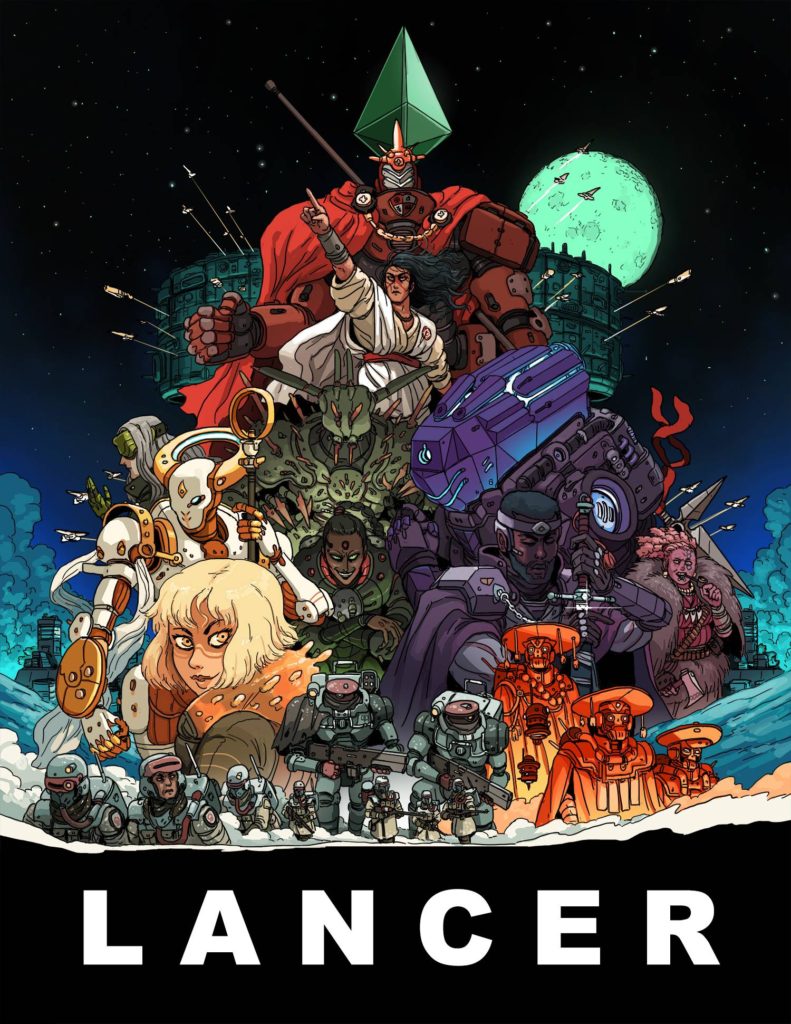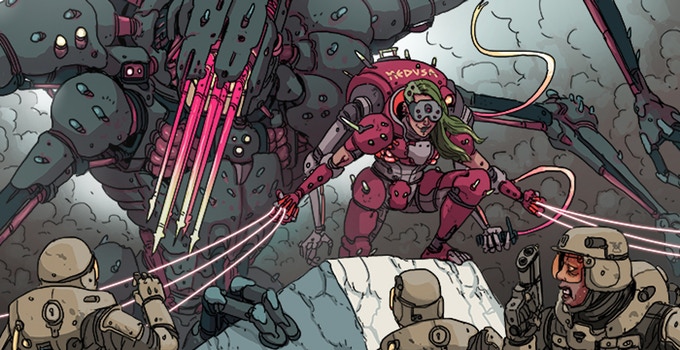Blaugust is half over and I haven’t even posted the thing I promised months ago.
Lancer’s Setting
Because it’s been so long, Lancer is a tabletop RPG about giant robot pilots (for a somewhat flexible definition of “giant” that also includes power armor). It’s set in the Somewhat distant future of our galaxy, in which mankind has used both FTL and long-form travel to spread out among the stars. There’s a mild space-fantasy element primarily consisting of AIs that do things that can’t be explained by physics and what humans have learned from studying them. The term used for this is “Paracausality”, borrowed directly from Destiny.
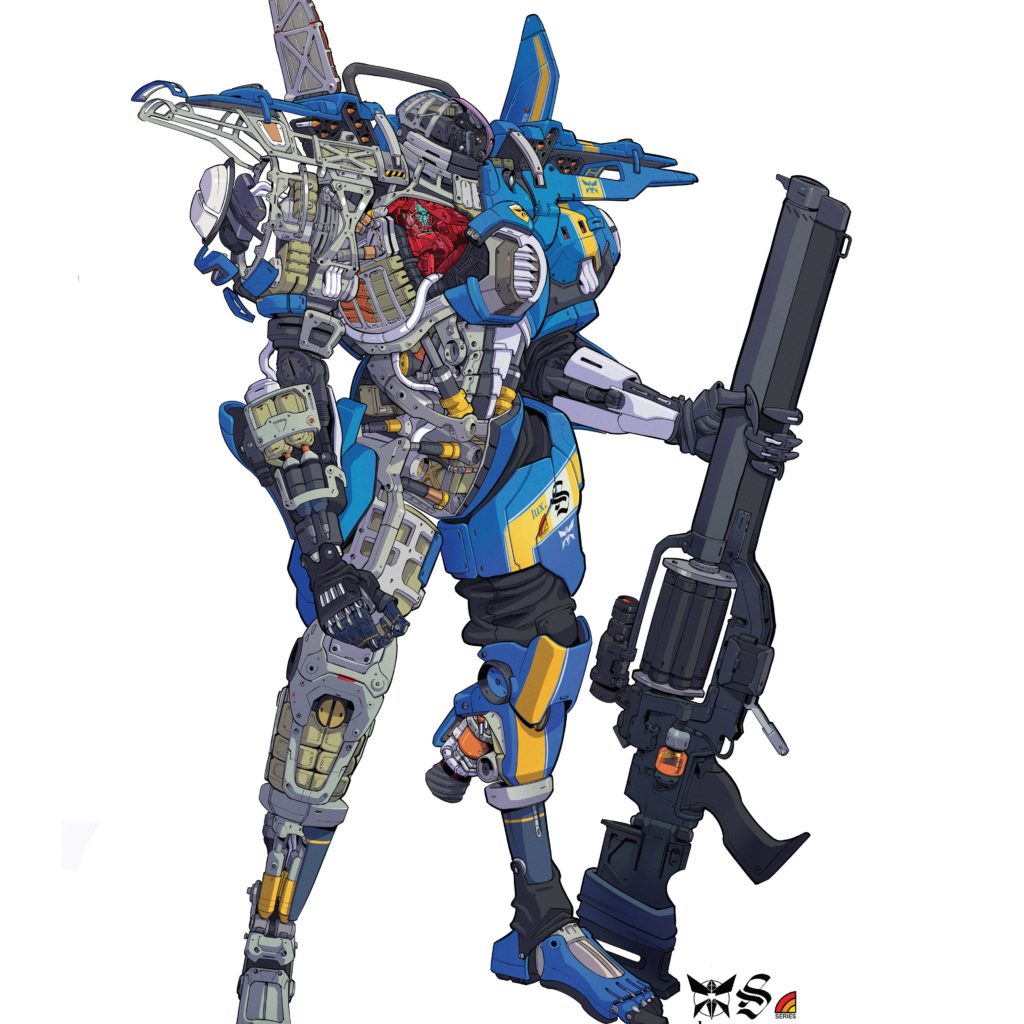
Lancer’s History
Lancer is a post-apocalyptic setting, but not in the usual sense of the term. In Lancer’s theoretical future mankind developed near-light ships and managed to establish some colonies on distant worlds. With colonies established and more ships en-route, the collapse of society cut off communication and ended most life on Earth. After a roughly ~5000-year dark age or so, old knowledge was rediscovered in the Massif vaults, and a “world government” called Union was created after a bit of fighting. The game’s narrative present is about 5000 years after this.
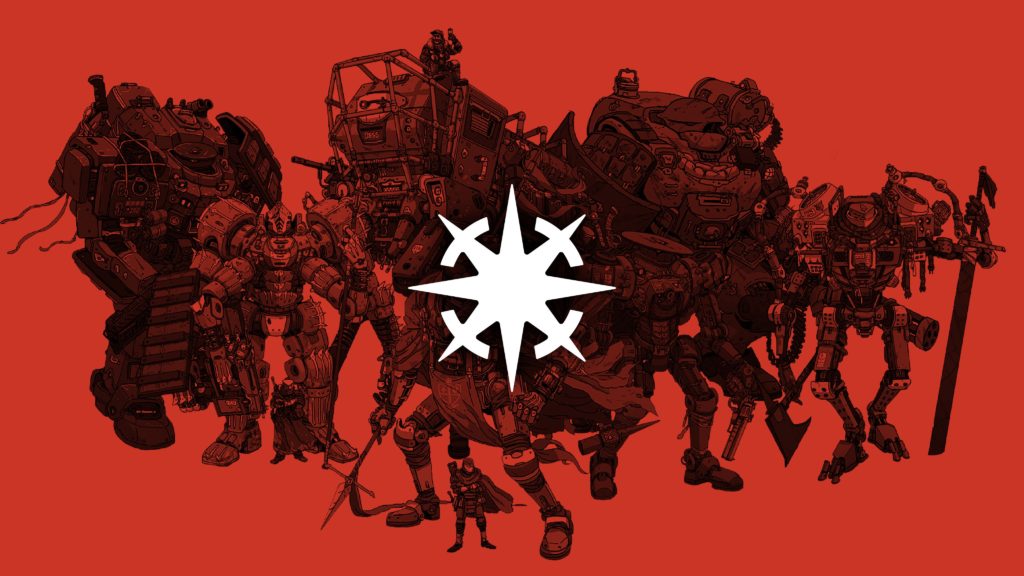
As a Lancer, you (probably) work for Union’s Third Committee. Old Earth (now known as Cradle) and most of known space are recovering from the aftermath of the Second Committee, whose authoritarian and imperialist policies (referred to as “anthrochauvanist”) made a bit of a mess of the place before they were overthrown. Time has resulted in some of the original colonists re-establishing communications, and they’ve had plenty of opportunity to develop their own cultures and in some cases technologies in the thousands of years since contact was originally lost. The most notable of these are the Karrakin Trade Baronies (who existed before the Fall) and the Aun Ecumene (established during the dark ages). Relations between these entities vary.
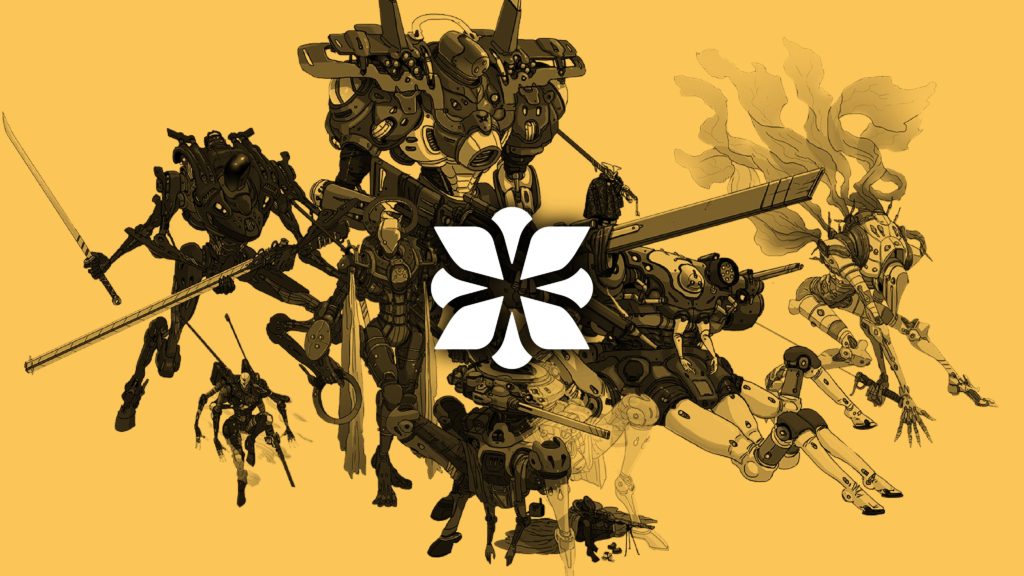
Lancer’s Technology
A major event in Lancer’s timeline is referred to as the Deimos Incident. A summary is that a super-powerful AI (known as RA or MONIST-1) was being studied on the aforementioned moon of Mars, and it managed to somehow take over and leave, taking the entire moon with it. It reappeared to force Union to sign a treaty concerning AI research, and has proven to be willing to show up personally to enforce violations. Much of Lancer’s “advanced” technology is the product of studying this entity, and is the given explanation for FTL. Some other factions have their own unique technologies: The Voladores are space nomads and have some knowledge of folding space that no one else does, and the Aun have “hard light” and their own unique form of FTL.
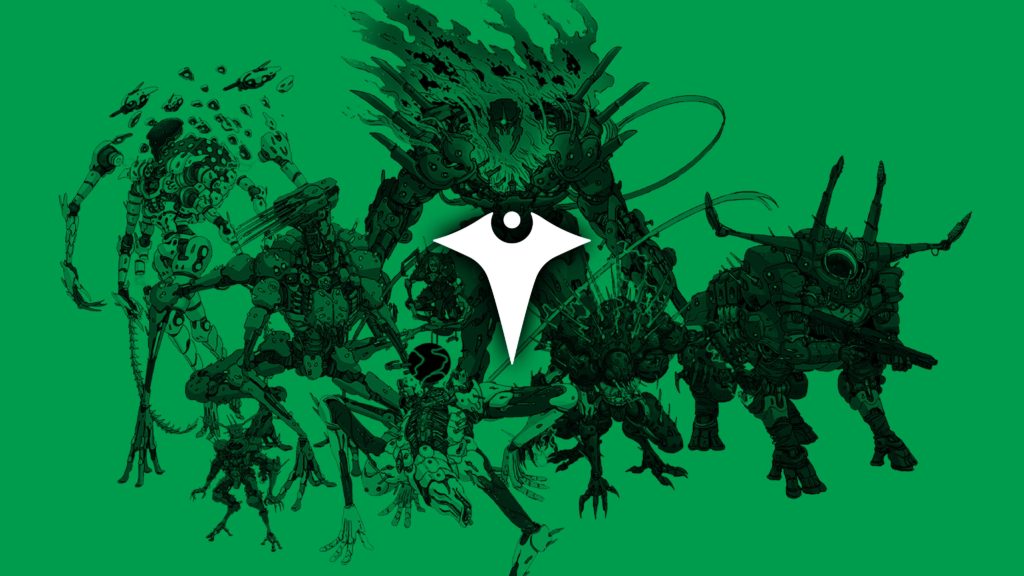
As far as what players get, there are 5 major Manufacturers. (It’s really 4 and a cult that has a gear catalog.) Your starter gear is from General Massive Systems, who produces a really quite good generalist mech and weapons of every type. As you advance as a pilot you get access to gear from the other manufacturers with more specialized portfolios. Horus has a strong emphasis on both hacking and defying physics, SSC makes fast, lightly-armored mechs, IPS-N mostly makes the opposite, and Harrison Armory uses the most advanced tech (some of it stolen) in theirs. These manufacturers are also some of the major players within union, so you may end up working for/against their interests. Just like Shadowrun, it doesn’t prevent you from using their gear while you do it.
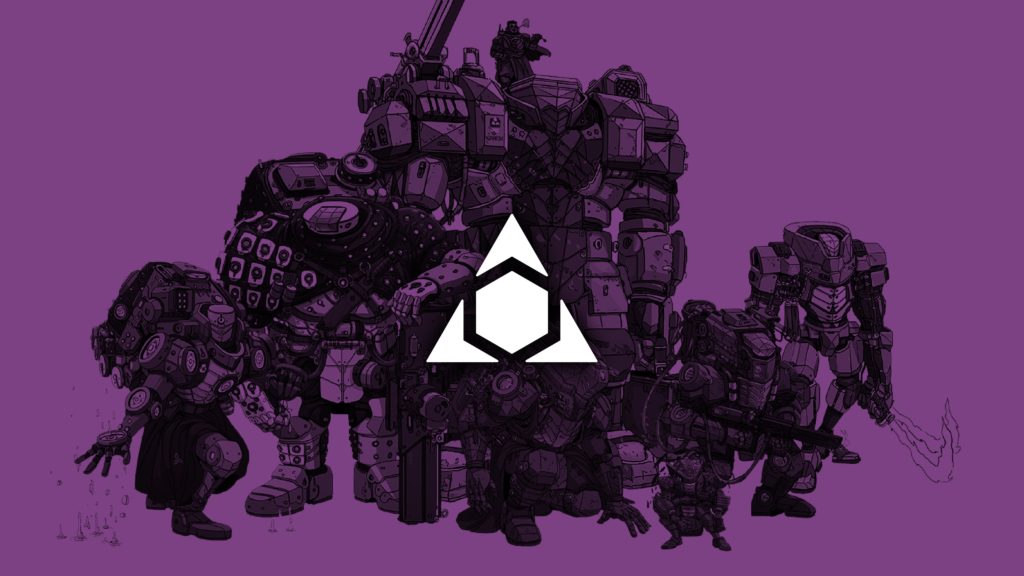
The Unknown
One of my favorite things about the setting as written is that there are a lot of explicit and implicit mysteries. What does RA want and where is it? What happened to most of the colony ships during the dark ages? What are NHPs really? What weird tech is HA currently developing? What happened on Hercynia?
That last one is the subject of the first module, but the rest of these you’ll just have to figure out as they come up.

